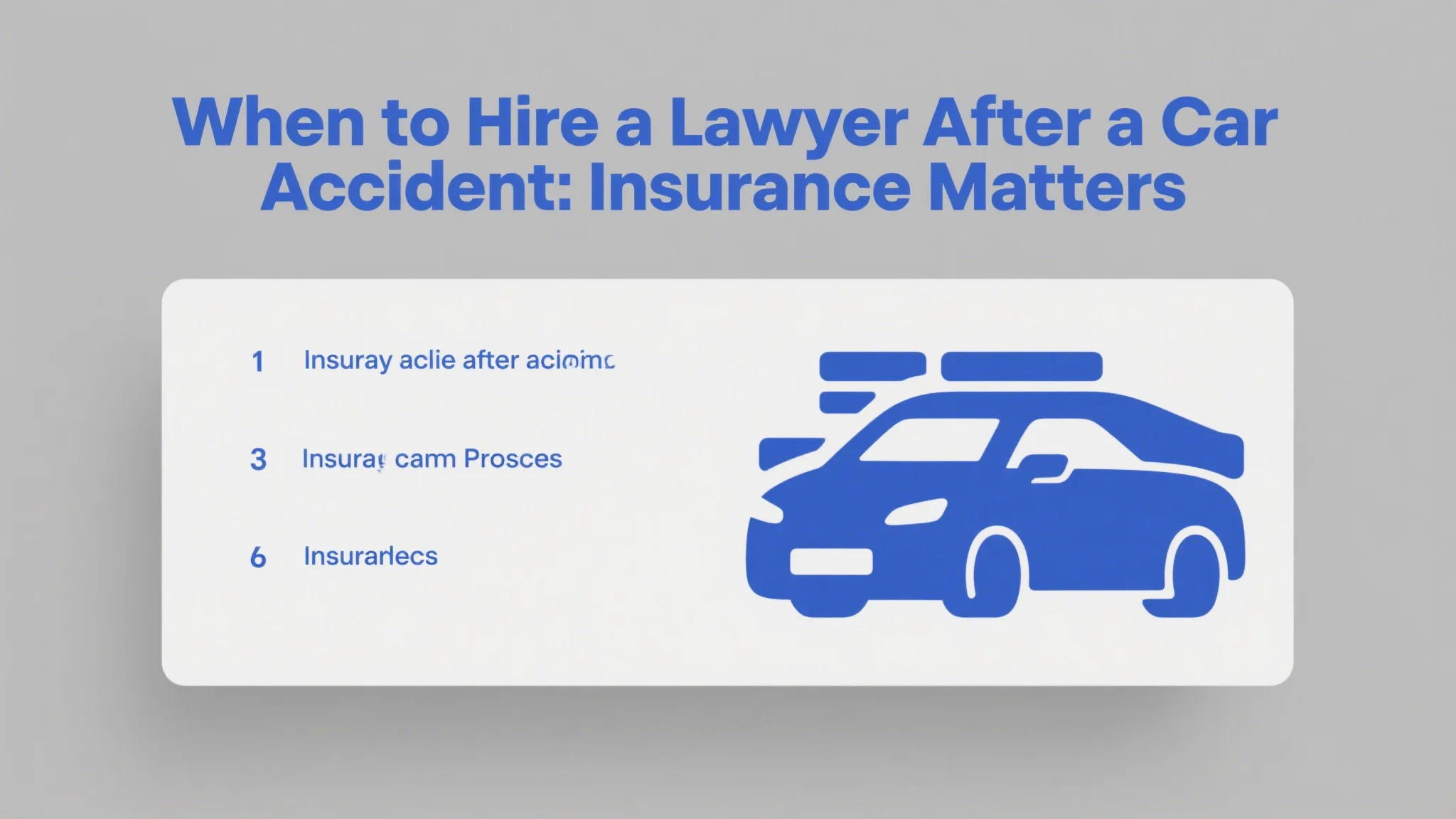Refinancing your mortgage can be a game-changer if done right. It allows you to secure a lower interest rate, reduce monthly payments, or even access cash from your home’s equity. However, if you have bad credit, the process can feel overwhelming. Lenders have strict criteria, and a low credit score can make it difficult to qualify for traditional mortgage refinancing programs.

But the good news is that it’s not impossible. With the right strategy and some patience, you can still refinance your mortgage with bad credit. In this article, we’ll break down the steps you need to take to make your dream of refinancing a reality.
Understanding the Challenges of Refinancing With Bad Credit
Before diving into the process, it’s important to understand why bad credit makes refinancing more challenging. Lenders view your credit score as a reflection of your financial responsibility. A low credit score signals higher risk, which means lenders may charge higher interest rates or require a larger down payment. In some cases, they might even deny your application outright.
But don’t let this discourage you. While bad credit can limit your options, there are still ways to qualify for refinancing. You just need to explore alternative programs and take steps to improve your creditworthiness.
Steps to Take Before Applying
Check Your Credit Score:
The first step is to know where you stand. Obtain a copy of your credit report and check your credit score. This will give you a clear idea of what lenders will see. If your score is lower than 620, you may need to work on improving it before applying.
Assess Your Current Mortgage Terms:
Review your current mortgage agreement to understand your interest rate, remaining term, and any fees associated with refinancing. This will help you determine if refinancing is worth the effort and cost.
Budget for Closing Costs:
Refinancing comes with closing costs, which can range from 3% to 6% of the loan amount. Factor these into your budget to avoid surprises.
Explore Alternative Loan Programs:
If traditional refinancing isn’t an option, consider alternative loan programs designed for borrowers with lower credit scores. For example, FHA refinancing or USDA loans may have more flexible requirements.
Building a Stronger Financial Profile
Your credit score isn’t the only factor lenders consider. They also look at your income, employment history, and debt-to-income (DTI) ratio. To improve your chances of approval, focus on the following:
Pay Down Debt: Reducing your debt load can lower your DTI ratio, making you a more attractive candidate.
Save for a Down Payment: While refinancing typically doesn’t require a down payment, having savings on hand can demonstrate financial stability.
Maintain Consistent Employment: Lenders prefer borrowers with stable jobs and a history of timely rent or mortgage payments.
By taking these steps, you can position yourself for success when applying for a mortgage refinance.
Navigating the Refinancing Process With Bad Credit
Once you’ve taken the necessary steps to improve your financial profile, it’s time to explore your refinancing options. Here’s how to proceed:
Work with a Reputable Lender:
Not all lenders are created equal. Look for a lender with experience helping borrowers with bad credit. They can guide you through the process and suggest the best options for your situation.
Consider a Higher Down Payment:
If your credit score is still low, offering a larger down payment can help you secure better terms. This reduces the lender’s risk by giving them a larger stake in your property.
Explore Government-Sponsored Programs:
Programs like FHA refinancing or the USDA Home Equity Conversion Mortgage (HECM) can be more forgiving of lower credit scores. These programs often have relaxed requirements and can be a great option for borrowers with bad credit.
Be Prepared for Higher Interest Rates:
Unfortunately, bad credit often comes with higher interest rates. While this may increase your monthly payments, it’s still worth considering if it helps you achieve your long-term financial goals.
Negotiate Terms:
Don’t be afraid to negotiate with your lender. If you’ve improved your credit score or reduced your debt, you may be able to negotiate better terms or a lower interest rate.
Alternative Options If Refinancing Isn’t Possible
If refinancing with bad credit still seems out of reach, there are alternative solutions to consider:
Home Equity Loan:
A home equity loan allows you to borrow against the equity in your home. While it’s not the same as refinancing, it can provide the cash you need without replacing your current mortgage.
Debt Consolidation:
If you’re struggling with high-interest debt, consolidating your debts into a single loan with a lower interest rate can help you regain control of your finances.
Credit Counseling:
A credit counseling agency can help you create a budget, negotiate with creditors, and improve your credit score. This can be a valuable resource if you’re looking to rebuild your financial health.
Final Thoughts
Refinancing your mortgage with bad credit isn’t easy, but it’s not impossible either. By taking the time to improve your financial profile, exploring alternative loan programs, and working with a reputable lender, you can increase your chances of success.
Remember, persistence is key. If one lender says no, don’t give up. Keep shopping around and seeking out lenders who specialize in bad credit refinancing. With determination and the right strategy, you can achieve your goal of refinancing your mortgage and securing a brighter financial future.
This concludes the guide on refinancing your mortgage with bad credit. By following these steps and staying informed, you can navigate the process with confidence and achieve the refinancing you desire.




